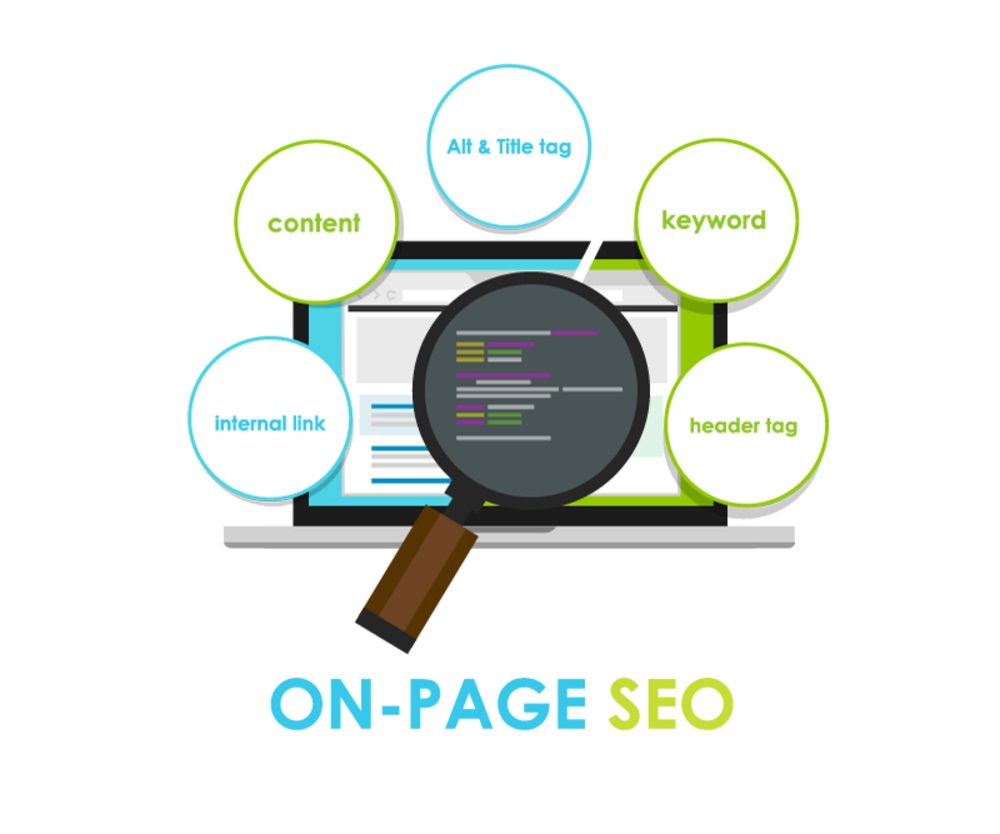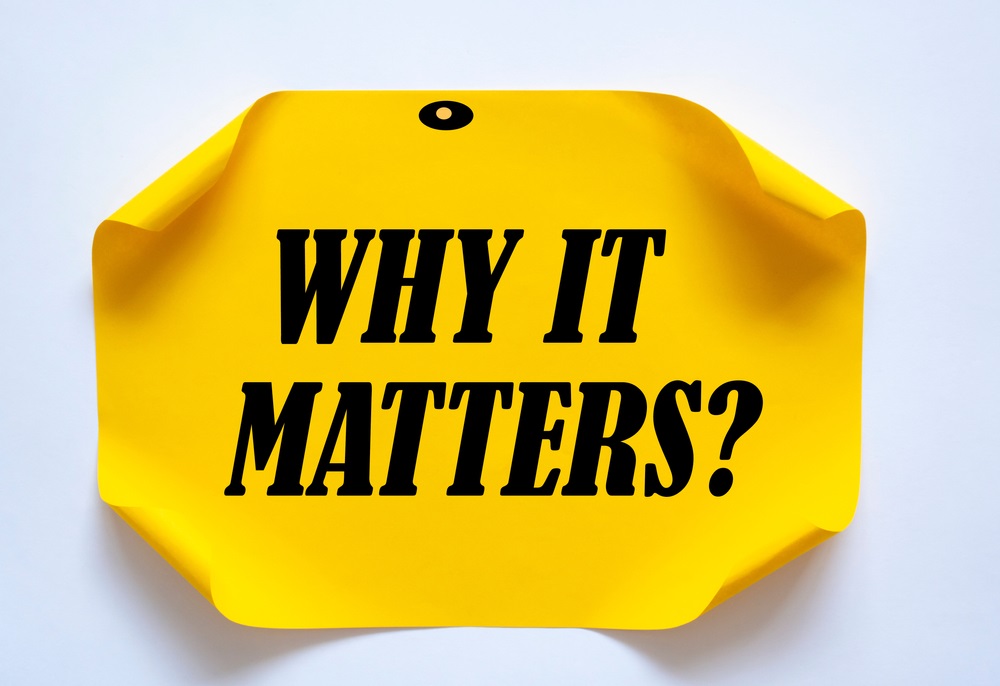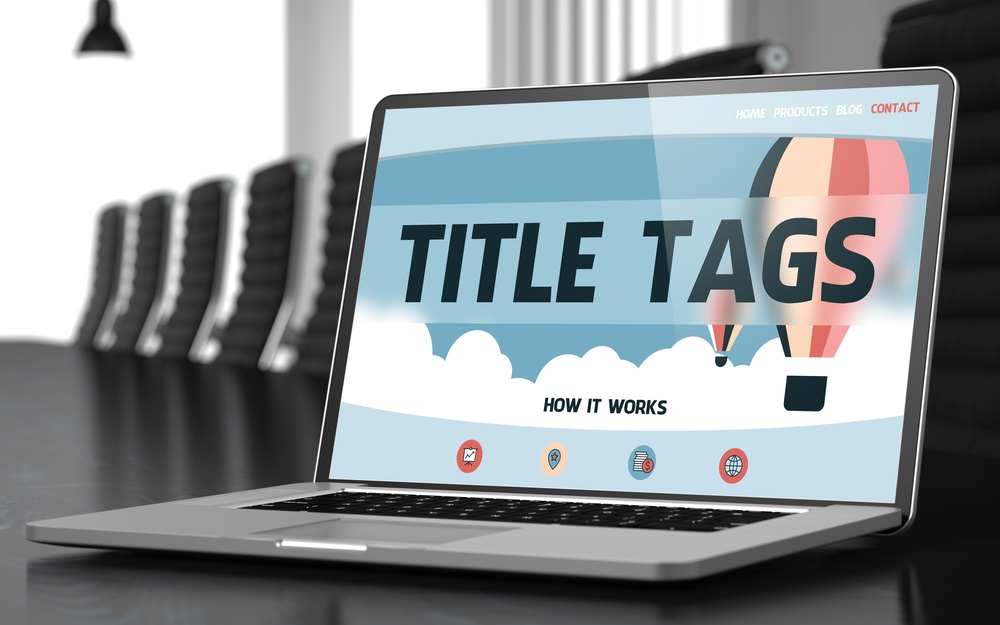In our previous blog, “Search Engine Optimisation“, we talked about the types of “SEO” and their significance. So, now we’ll discuss those types in detail to create this set of blogs more profitable for you. On-page SEO refers to the “Optimisation of content and site structure (HTML). It helps in better search visibility on Search engine result pages (SERP) to drive more natural traffic”. On-page SEO has great significance, yet to rank your site higher, you’ll also need the best practices in Off-page and Technical SEO. One can say, “Search Engine Optimisation is a mixture and On-page, Off-page, and Technical SEO are elements of it, and balancing these components is very important for best results”.
Importance of On-Page SEO
As mentioned above, On-Page SEO includes website structure and content quality. So, you can undoubtedly comprehend the significance of On-page SEO. To clarify further, let us have an example. Suppose you are searching for a website designer for your new company to make your presence online and entice an expected audience. Following your instructions, the website designer created your website. However, you are not getting any customers online. So, the question arises, what is not correct? Is there any problem with your business idea? Is there any problem with your site?
The answer is that you get a fantastic business idea and a fantastic website. But the dilemma is communicating your message to the customers about your services and products. You are not following the guidelines specified by the search engines. Search engines worked on the set of guidelines and mentioned some factors to get your site higher and understandable for crawlers and humans.
On-Page SEO factors and their Importance
Title Tag
In Simple words, title tags can be viewed as the first impression of any website page to the visitor since it’s visible on SERP and web browsers tab. If your name tag is apparent enough to attract visitors to your page for a particular query, then you are winning the game. Unlike it, if you have all of the answers related to people’s questions, but your title is not optimised to grab customers’ attention, you will eliminate the potential client.
Now moving toward the technical factors that made it simple for search engines to locate and understand your websites and their titles: —
- The perfect length for the title tag is 55-60 characters.
- Avoid using special characters.
- Make sure to end the title tag with the brand name.
- Every page should have a unique title.
- Format for title label: -Main keywords – Secondary keyword | Brand name.
Meta Description
According to Google, Meta description isn’t a significant element in ranking perspective. However, very healthy practice in offering the best user experience. This component gives information regarding the webpage to users in a summarised manner.
Here is the checklist relating to this:
- Don’t replicate the Meta descriptions to offer the best user and search engine experience.
- Use call to action (CTA) naturally.
- The perfect length is 160 characters on desktop searches and 130 characters on mobile searches.
- Avoid using quotations.
- Include keywords but avoid keyword stuffing.
Headings
Headings are the popular variables but an important one when you are going towards the optimised Search Engine Optimisation practices. Here are some Essential points for consideration:-
- Just one heading 1 (H1) on each page.
- H2 as needed.
- Multiple heading tags will direct your webpage to spam.
On-Page SEO Keyword Research
If anyone asks you a question about the base of SEO, it will be perfectly all right to reply to him/her that “keywords” are the base. To reinforce this argument, we must say that if you do not understand what your potential audience is searching for, how will you communicate with them?
No audience means there’ll be no organic traffic for your website. Keyword research tells you about your prospective audience’s terminology for searching the services or products to satisfy their demands. Short-tail keywords, mid-tail, and long-tail keywords are the types of these keywords. Follow the specified checklist when picking the keywords:-
- Keyword difficulty.
- The volume of organic traffic onto a particular keyword.
- Relative keyword to your products and services.
- Phrase match
- Cost-per-click
Content
Without any uncertainty, one can declare, “Content is the king at the Search Engine Optimisation practices”. Worthy and unique content on your website is the factor that indicates the search engines; you’ve got something precious that can answer the particular query of consumers.
The search engines will rank your content based on their algorithms and drive organic traffic toward your site. If clients find your content worthy, then they will spend time on your website. The question arises, how anyone can produce quality content? The checklist is below:-
- Copying the content will result in legal action from origin and Search engines. So, create your quality content.
- Insert keywords naturally, don’t go toward keyword stuffing; otherwise, search engines will find your articles as spam.
- Keep a balance between images, text, and videos in your articles for the best user experience.
- Market research is essential before choosing a subject to write. Since you are writing for the audience, you must write about topics in which they’re interested.
- Linking is crucial, so make it possible that you have good content so people will discuss it and you will find the benefit of it.
The factors mentioned previously are the most crucial ones when you’re performing your website’s on-page SEO. The search engines will Search for these parameters primarily and then go for other factors.






